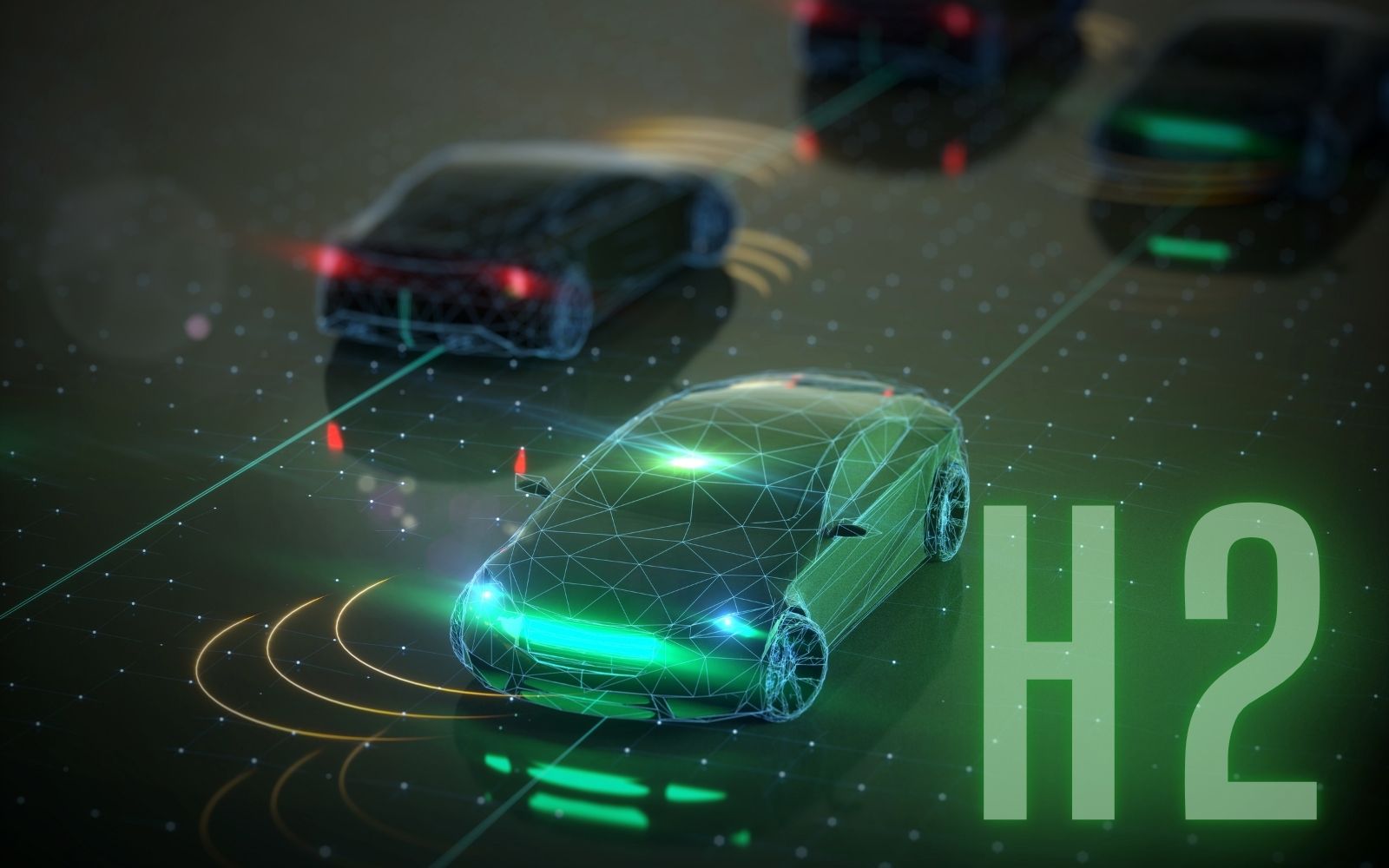
Autonomous Vehicle Technology: How It Works and Its Potential Impact on Our Roads
March 13, 2023Autonomous vehicle technology is rapidly advancing and widespread adoption of self-driving cars is just around the corner.
Companies like Uber, Tesla, Waymo (Google’s self-driving company), Aptiv, Aurora, Volkswagen, Toyota and Nissan have invested in research projects related to autonomous driving technology and currently have a number of vehicles on the road with varying capabilities.
Company News That Stand Out in AV Car Technology:
- Uber has the most vehicles on the road. They just announced their launch of a fully self-driving service, in partnership with Motional. Customers who opt-in will be offered a self-driving Hyundai Ioniq 5 mid-sized hatchback, modified by Motional, instead of being picked up by a traditional driver. Once the trip is confirmed, an autonomous vehicle will be dispatched if one is available.

- Waymo is focused on creating the world’s most experienced driver with over 10 million miles of real-world driving experience on public roads and 10 billion simulations.
- Aptiv is known for its in-vehicle sensing hardware and software solutions enabling autonomous driving features such as adaptive cruise control and lane keeping assist technologies.
- Aurora focuses exclusively on developing level 4 automation and beyond, while Volkswagen has invested in up to five separate partnerships for self-driving technology development.
- Toyota also has a number of research projects related to autonomous driving technology, while Nissan focuses mainly on partially automated driving functions such as lane departure warnings and automated emergency braking systems.
Volkswagen has invested in up to five separate partnerships for self-driving technology development, including lidar, computer vision, sensors and artificial intelligence. They have also invested in the development of advanced radar systems with 3D imaging capabilities and multiple sensor fusion technology. Additionally, their level 4 automation technology includes high definition mapping for improved navigation accuracy, real-time anomaly detection for safety assurance, and fleet management tools for operation optimization.

Self-Driving in the Hydrogen Car World
In a recent move, WeRide and Hyundai have announced a self-driving hydrogen car pilot program to take place in Guangzhou, China. This collaboration aims to create demand for H2 batteries in autonomous ride-sharing and street cleaning vehicles. Hydrogen fuel cells offer higher efficiency and range than traditional combustion engine vehicles, making them an ideal choice for robotaxis due to their ability to refuel within minutes. It remains unclear when this pilot project will begin or how large its scale will be, but it certainly marks an exciting moment for the development of hydrogen cars
How Does Autonomous Technology Work and What Levels Are There?
The technology relies on a combination of sensors, cameras, radar, lidar and Artificial Intelligence (AI) to gather data about the environment and make decisions. AI is used to analyze the data gathered by these sensors in order to plan routes around obstacles and detect objects in the road such as pedestrians and other cars. Radar is used to detect and track moving objects like vehicles or pedestrians, while cameras are mostly employed for object recognition tasks. Lidar, which stands for light detection and ranging, uses lasers to build detailed 3D models of the environment. Sensor fusion is also used to combine multiple sources of input data from various types of sensors in order to increase accuracy and reliability. This allows autonomous vehicles to accurately identify their surroundings, plan paths ahead, recognize obstacles and make safer driving decisions.
Autonomous cars are divided into six levels of automation, according to the system developed by SAE International (SAE J3016). Level 0 is no automation and requires the driver to stay in control of all functions. At Level 1, the driver interacts with the car, sharing control of some features. Level 2 allows for hands-off driving but eyes must stay on the road at all times. Level 3 permits eyes off, but mind must stay on the task of driving. In Levels 4 and 5, there is no need for human intervention as the car is capable of operating itself in all situations, from minor adjustments to complete control. This range of levels ensures that vehicles can be tailored to specific needs or preferences while still maintaining a safe level of autonomy.
Self Driving Cars Are Presenting Some Drawbacks.
For one, they could lead to the displacement of jobs that were traditionally done by human drivers, such as taxis and delivery services. Furthermore, there are ethical considerations surrounding their use and how they should be programmed to make decisions in difficult situations.
Additionally, these vehicles may require dedicated infrastructure which would be expensive to develop and maintain. Finally, concerns over data privacy have been raised – if this data is collected, who will have access to it, and for what purposes? These are all questions for which society must find answers before autonomous vehicle technologies can be fully embraced.
Limitations Contributing to the Delay in Deployment –
Despite the advances in autonomous vehicle technology, there are several limitations contributing to the delay in deployment.
- Machine learning algorithms and training data design need to be improved to enable robust perception, planning, and decision-making capabilities.
- Second, high-definition mapping with precision measurements must become more widespread for reliable navigation accuracy in varied environments.
- Third, regulatory and legal barriers need to be addressed as countries do not yet have unified frameworks for automated vehicles.
Lastly, many of these innovations require significant investments from companies to develop viable solutions that can withstand real-world situations.

Challenges Facing Automotive Companies when Manufacturing Autonomous Vehicles
Researching current regulations related to autonomous vehicles involves looking into existing laws in countries that have enacted legislation, as well as exploring emerging regulatory trends. This includes considering liability and insurance issues, data privacy laws, cybersecurity concerns, and other safety regulations. Companies should be aware of these regulations when developing solutions for autonomous vehicles to ensure compliance.
Consumer trust remains a major issue for autonomous vehicles. Automotive industry members must make the public aware of the safety benefits of these vehicles, as well as provide hard data to prove their reliability. Weather conditions are still a challenge for AVs, with rain, snow, and sleet potentially making roads slippery and dangerous. Similarly, construction zones and traffic congestion can cause difficulties for AVs to navigate safely. To overcome these obstacles, novel solutions such as remote traffic monitoring tools or IoT-based sensors may be able to help ensure safe travel in congested areas.
How Will This Development Change Our Motorized World Forever
Autonomous vehicles have the potential to revolutionize our motorized world, with far-reaching implications for how we travel and how our roads are designed. AVs could reduce traffic congestion and pollution, as well as lower the rate of accidents on our roads. In addition, autonomous mobility would provide more opportunities for disabled users and those without access to traditional forms of transportation. Autonomous vehicles could also lead to a new era of urban design, focused on creating communities that can benefit from efficient transportation options. Finally, AVs will allow companies to rethink the way they operate their fleets of vehicles, leading to cost savings and improved efficiency.
Final Thoughts on Autonomous Vehicle Technologies and Their Impact on Society
Estimates vary, but some experts believe that autonomous vehicles will be commonplace on our roads within the next 5 years. However, the exact timeline depends on a number of factors, such as technological advancements and regulations. In any case, it’s clear that we are not far away from a future of autonomous transportation.
The timeline for the widespread adoption is still up in the air. While some companies have already begun testing these vehicles on public roads, a large-scale rollout of AVs is likely to take many years, if not decades. Companies and researchers are investing heavily in the development of these technologies, which could lead to an increase in their availability over the next few years. However, it is difficult to make any definitive predictions about when autonomous vehicle technologies will become commonplace.



 HFN News is your leading source for fresh hydrogen and renewable energy updates. Amid the fast-paced growth of hydrogen companies, we provide top-notch news and insights about this exciting sector. Our coverage spans from hydrogen cars to global sustainable initiatives, and we highlight the latest in green jobs and developing hydrogen hubs. We invite you to share your local hydrogen news and explore today’s renewable energy job listings on our site. Thanks for choosing HFN News as your trusted guide to the hydrogen and renewable energy world!
HFN News is your leading source for fresh hydrogen and renewable energy updates. Amid the fast-paced growth of hydrogen companies, we provide top-notch news and insights about this exciting sector. Our coverage spans from hydrogen cars to global sustainable initiatives, and we highlight the latest in green jobs and developing hydrogen hubs. We invite you to share your local hydrogen news and explore today’s renewable energy job listings on our site. Thanks for choosing HFN News as your trusted guide to the hydrogen and renewable energy world!
